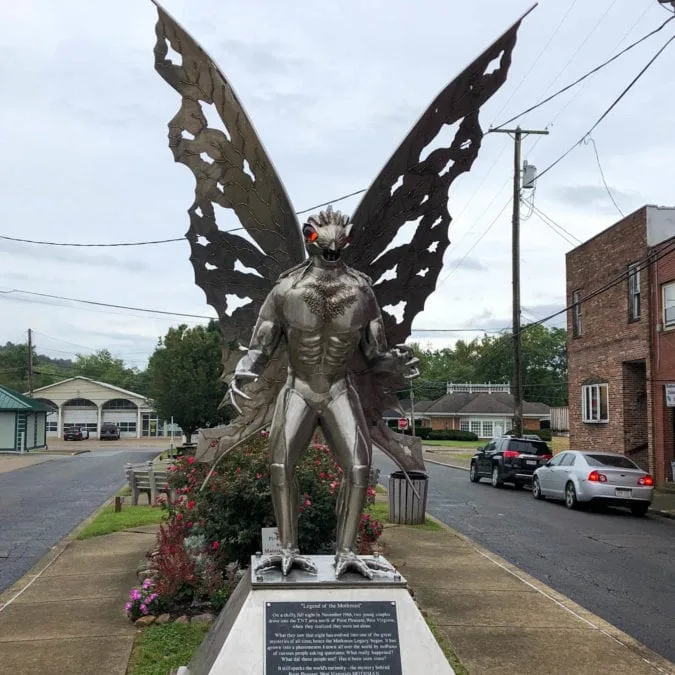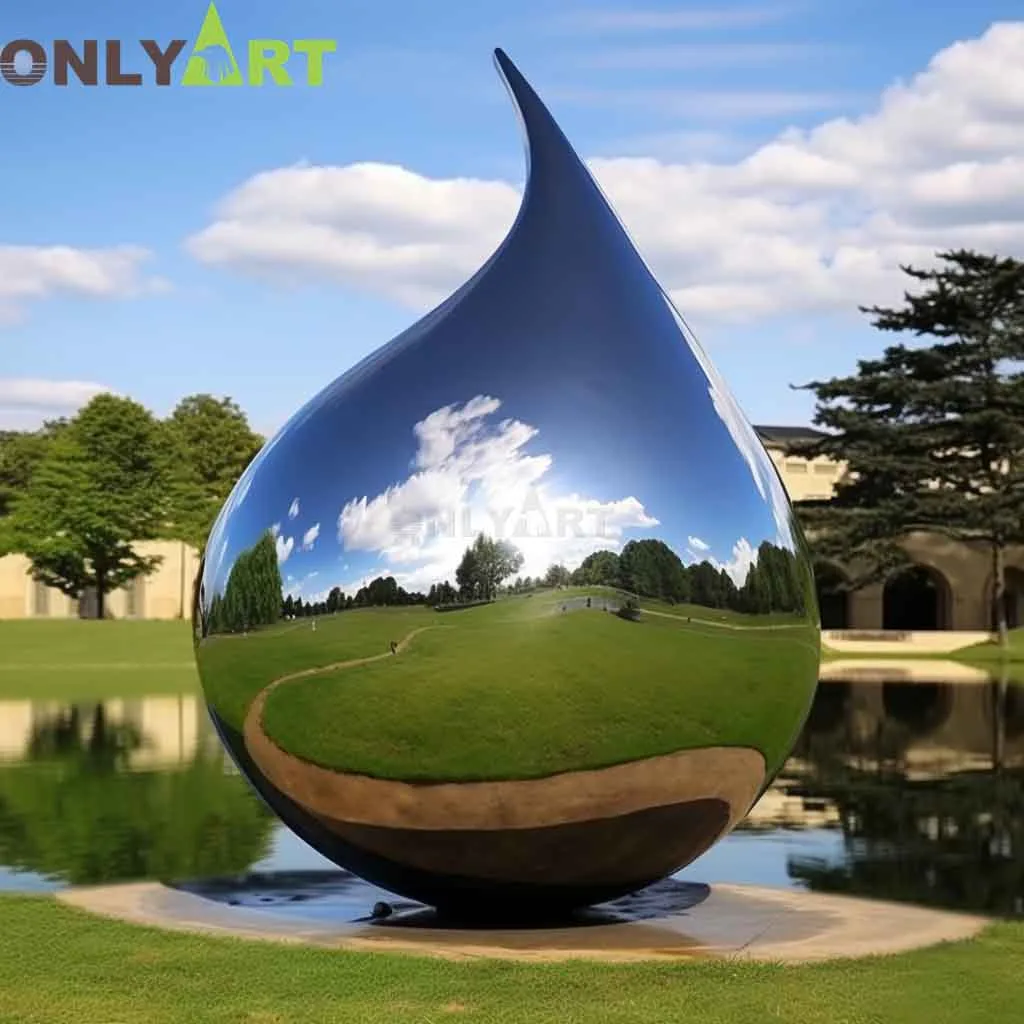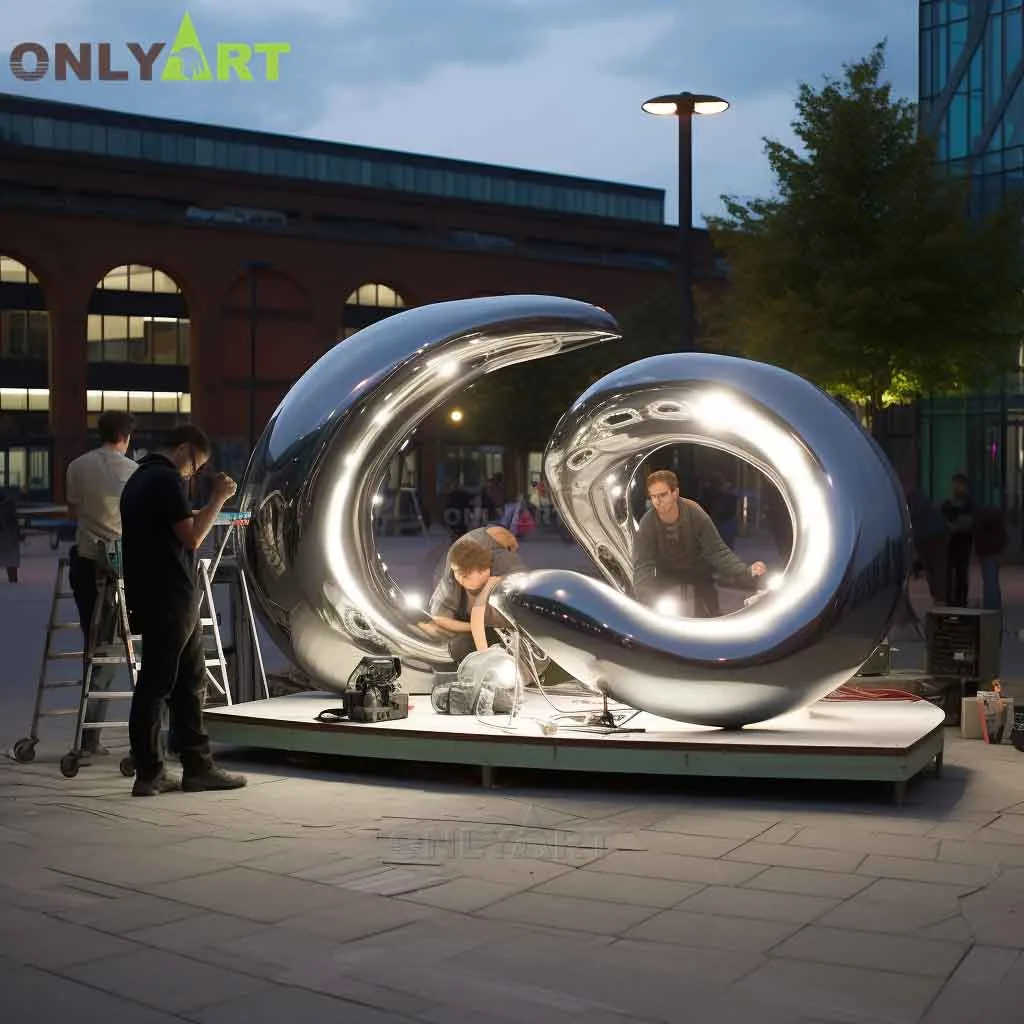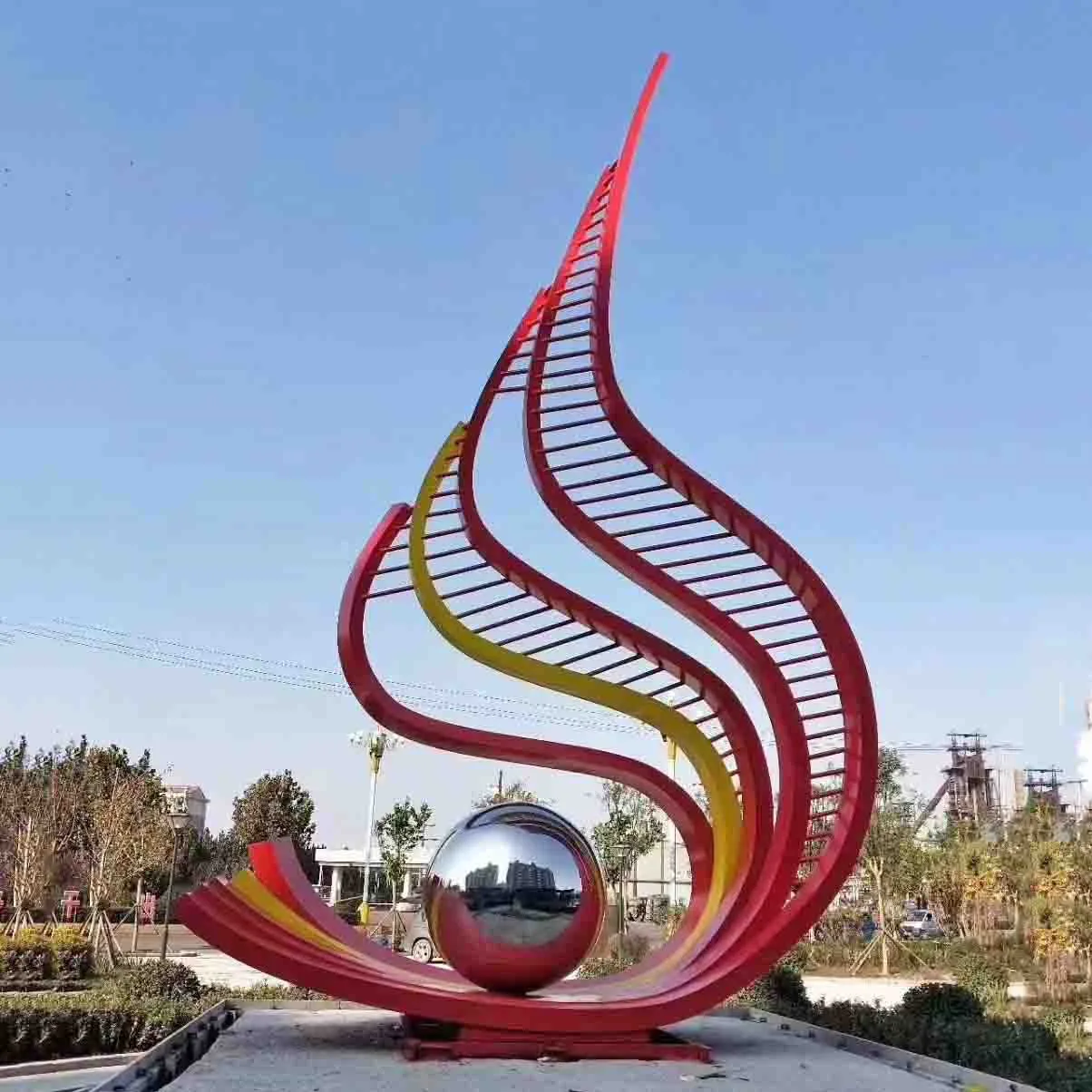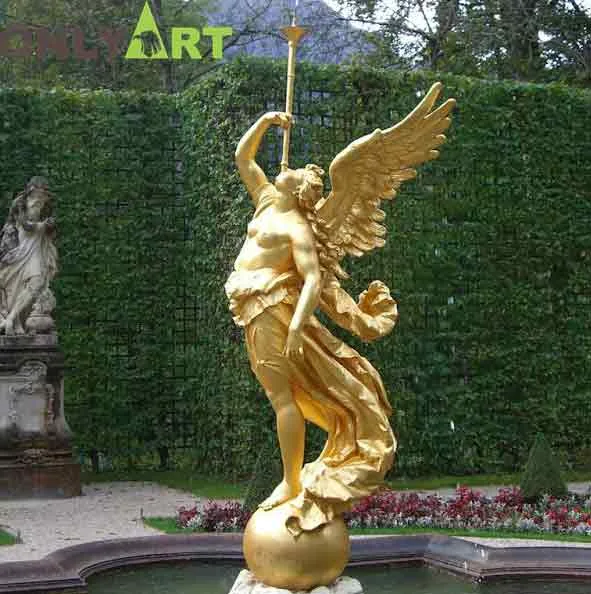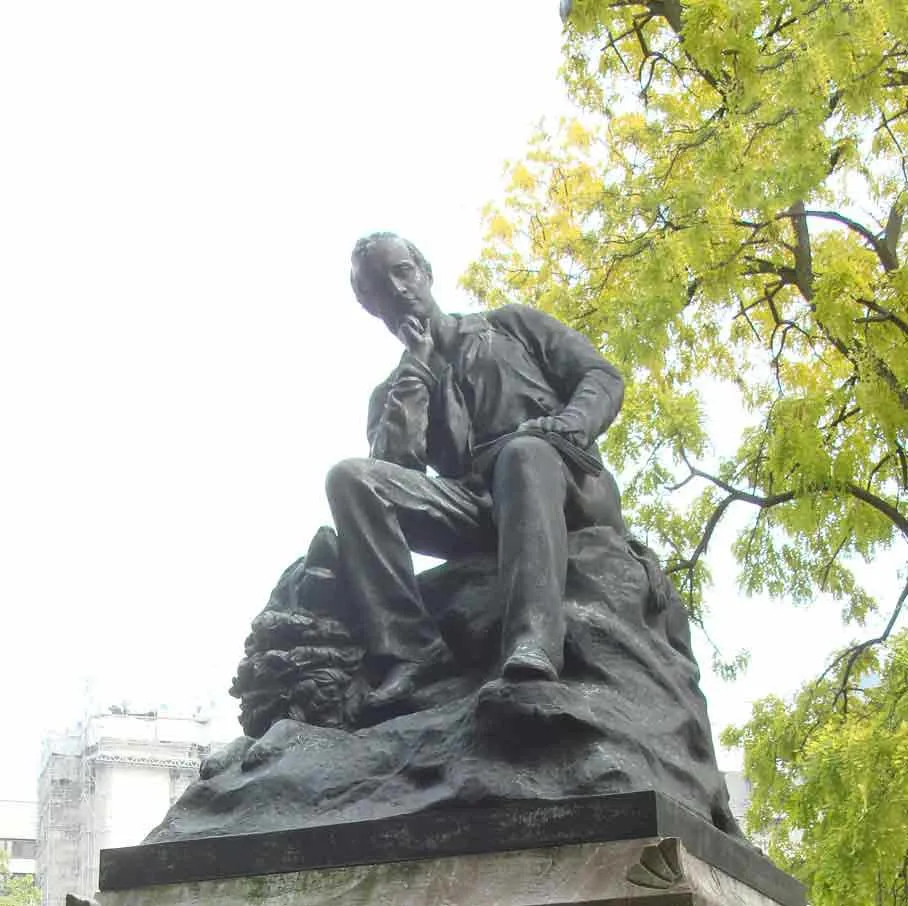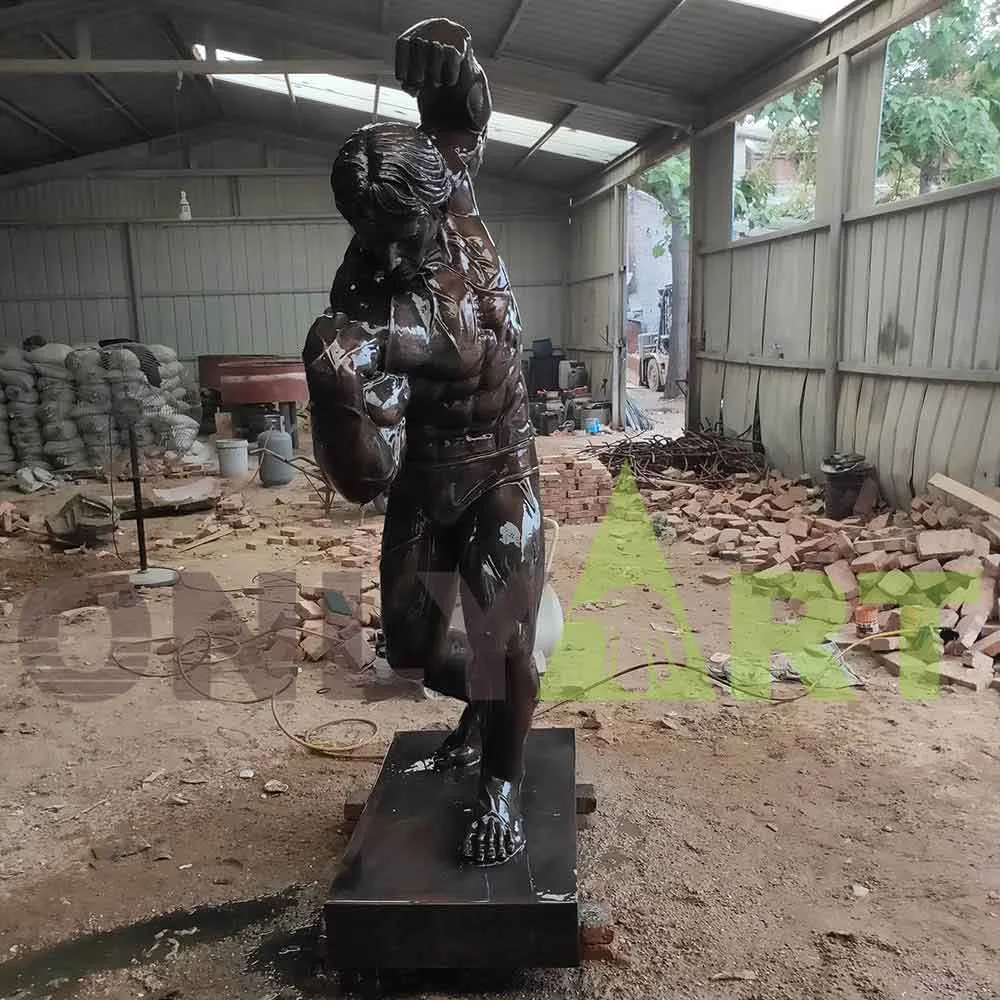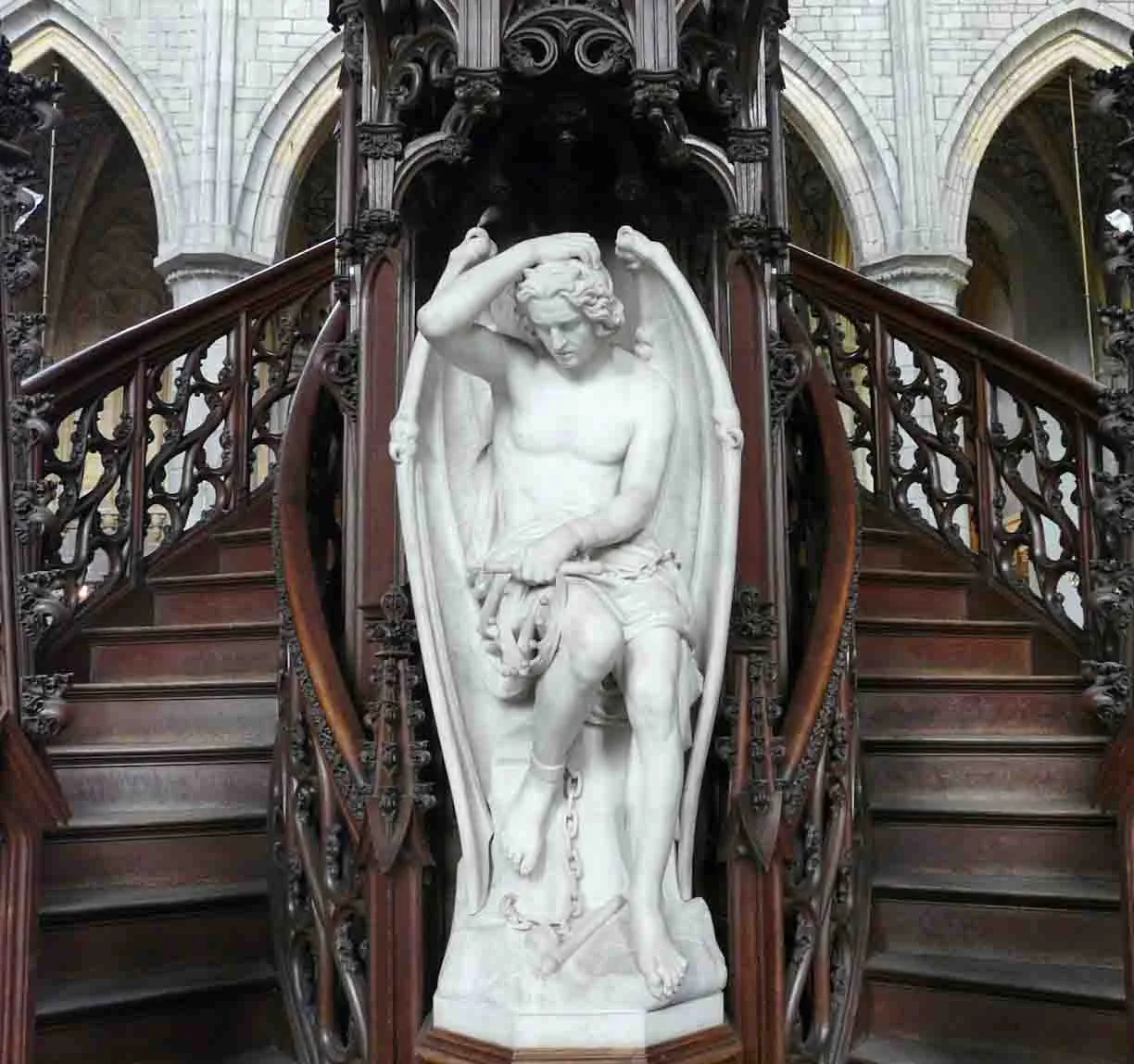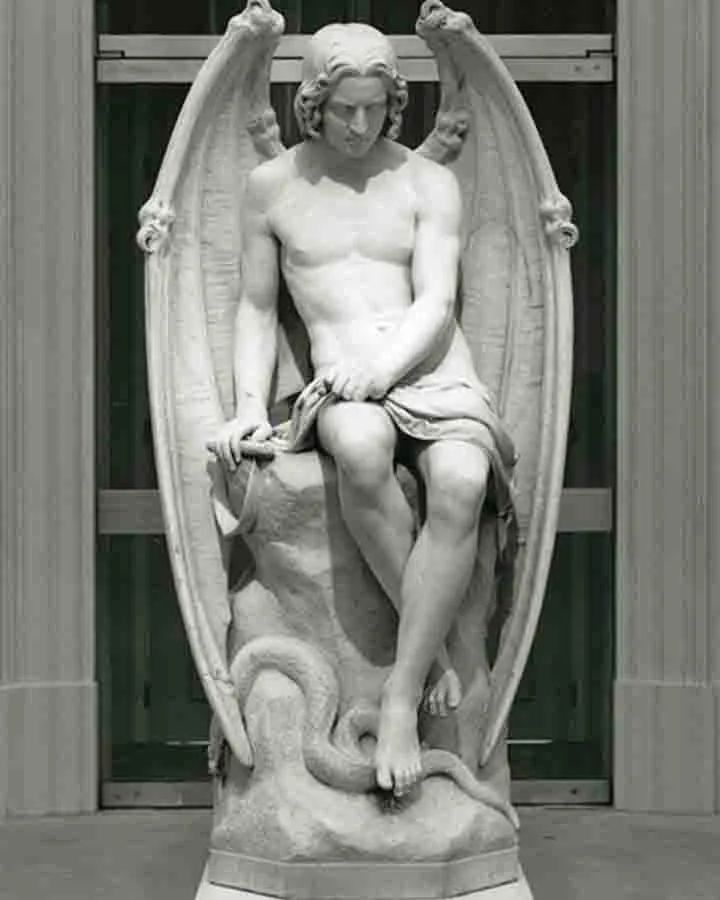Aphrodite Statue – Most Complete Guide
Aphrodite Statue Introduce
Aphrodite statues are a very famous type of statue in ancient Greek and Roman art, mainly representing Aphrodite (known as Venus in the Roman period) the goddess of love and beauty. These statues are usually made of marble or bronze and were made between the late 5th century BC and the 2nd century AD.
The original Greek statues of Aphrodite were created around the late 5th century BC by artists such as the sculptor Callimachus.

The Roman version of the statue of Aphrodite was originally created by the Greeks in 200 BC and further spread and copied during the Roman period.

Aphrodite Statue Features
Aphrodite statues are usually presented in a nude or nearly nude form, emphasizing the lines and beauty of the human body. The posture of the statue is often half-crouching or standing, showing a combination of dynamic elegance and strength.
Greek and Roman Aphrodite statues follow the standards of Polykleitos, that is, classical posture and proportions, and Greek and Roman artists express their pursuit of beauty, love and harmony through these statues.
The style of Aphrodite has influenced many subsequent artists since the late Renaissance, and has had a profound influence on other artistic styles since the early 1500s.
Lely Venus-Crouching Aphrodite Statue
The Lely Venus-Crouching Aphrodite Statue, or “Crouching Aphrodite Statue”, is a Roman copy of an ancient Greek original.
A Roman-era statue made by the Italian sculptor Rubens of Naples in the 1st or 2nd century AD.
Features • Posture: The statue is in a semi-crouching position, with one hand on her ankle and the other hand extended forward, as if protecting or showing part of her body. The statue is about 1.12 meters tall (about 0.71 meters life-size) and is made of marble. She is naked and squatting, and her posture is expressive, showing the grace and power of the ancient Greek goddess Aphrodite (known as Venus in Roman times).

The statue’s hair is loosely tied on her head, partly scattered on her left shoulder, and her head is turned to the right. One of her hands is extended behind her neck, and the other hand is held in front of her chest.
The original statue was probably made in the Antonine period (2nd century AD), and has undergone artistic changes in many periods, including the Renaissance and Baroque. The statue is currently on display in several museums, including the Louvre, the British Museum, the Vatican Museums and the National Archaeological Museum in Naples, Italy.
Aphrodite of Knidos Statue Details
Aphrodite of Knidos statue is a famous statue by the ancient Greek sculptor Praxiteles, and the first life-size nude female statue.
Praxiteles was commissioned by the citizens of Kos to create the statue of the goddess. The people of Knidos worshipped Aphrodite because she was the patron saint of seafarers and could ensure smooth sailing.

The original statue of Aphrodite of Knidos was moved to Constantinople (now Istanbul, Turkey) in the fifth century AD, but was destroyed by fire during the Nika Rebellion in 475.
The statue is a representative work of late Greek classicism, and its precise lines and perfect form make it a unique representative of classical female sculpture. Praxiteles created the “modest pose” in sculpture, an art form that had a profound impact on Western art. The naturalistic style and attention to detail presented in the statue make it an important place in art history.
Aphrodite Statue Meaning
Aphrodite statues usually represent Aphrodite, the goddess of love and beauty in Greek mythology. Aphrodite is Venus in Roman mythology, so these statues are often seen as representatives of Venus.
Symbol of love and beauty: Aphrodite is the goddess of love and beauty, symbolizing romance, love and beauty. Her statues are often used to express these themes.

Mythological inheritance: Ancient Greek Aphrodite statues were very popular in Rome and were often copied and displayed. These statues inherited the cultural connotations of ancient Greek mythology.
Many ancient Greek and Roman Aphrodite statues are extremely exquisite and created by famous sculptors, such as Venus de Milo and the “Crouching Venus” in Rome.
More Facts About Aphrodite Statue
Hesiod’s Theogony – Aphrodite
In Greek mythology, Aphrodite (Greek: Aphrodite) is the goddess of love and beauty, symbolizing fertility and reproduction. The most famous story about her birth comes from the Greek poet Hesiod’s Theogony. According to Hesiod’s Theogony, Aphrodite’s birth can be described as
Uranus and Dione: Aphrodite is the daughter of Zeus and Dione.

Cronus and Uranus: In the war of the gods, Cronus castrated Uranus with a sickle, and Uranus’s blood dripped into the sea. In the foam of the sea, Aphrodite was born.
Aphrodite’s name Aphrodite comes from the ancient Greek word “aphros”, which means “foam in the sea”. This myth not only explains Aphrodite’s birth, but also gives her name a profound symbolic meaning. Through this symbolism, Hesiod emphasizes the beauty and fertility of nature.
Goddess Aphrodite Statue
Aphrodite is the goddess of love and beauty in ancient Greek mythology, and her statues played an important role in ancient Greek and Roman culture. Venus de Milo The Venus de Milo is a marble statue of Aphrodite, now in the Louvre Museum in France. The statue was discovered by a farmer on the Greek island of Milos in 1820, hence the name “Venus de Milo”. The statue shows Aphrodite half-naked, with a robe covering her legs.

The history of the Venus de Milo statue dates back to around the 2nd century BC. Although the original location and exact author of the statue are no longer known, many scholars speculate that it may have been created by the Greek sculptor Alexandros of Antioch. There are other famous statues of Aphrodite in ancient Greece, such as the statue group in the Parthenon. These statues played an important role in ancient Greek religion and culture, symbolizing the goddess of love and beauty.
Original Aphrodite Statue
The original Aphrodite statue is an ancient Greek marble statue representing the goddess of love and beauty. According to existing information, the statue was discovered on the Greek Aegean island of Milos in 1820 and was later acquired by King Louis of France and donated to the Louvre.

More Legend About Aphrodite Statue
Aphrodite is the goddess of love and beauty in ancient Greek mythology, and her legend is widely circulated in literature and culture.
Birth Legend
according to Hesiod’s “Theogony”, Aphrodite was born from a foam that was formed when the penis of the god Uranus was thrown into the sea. Kronos cut off Uranus’ penis with a sharp sickle and threw it into the sea. White pearl-like foam appeared around it, and Aphrodite was born from this foam. She walked out of a huge shell rising from the sea and quickly walked to the beach.

Relationship with Eros Legend
Relationship with Eros Aphrodite has the god of love Eros, which means “desire”. Eros is like a child holding a bow and arrow, and his arrows hurt people, which is a metaphor for the pain of love. Some legends believe that Eros is the son of Aphrodite, and the two gods are often mentioned in literature.
Netherworld Legend
The netherworld, the ancient Greeks believed that after death there was a netherworld with Hades as the ruler and Persephone as the ruler. The living souls lived there, and their daily routines were the same as when they were alive, but they had lost their will. The netherworld was described as being isolated from the world, blocked by an evil river, and only certain souls could cross it through Kharon’s boat.

Rewards and Punishments After Death Legend
Rewards and punishments after death, the concept of rewards and punishments after death originated around the fifth century BC. At first, rewards and punishments were carried out during life, only for those whom the gods loved and hated. The sins of the world were avenged by people themselves. Only when parents and brothers were killed and no one avenged them, would the grudge ghosts (Erinys) take revenge. Later, these evil gods were called “Eros” or “Semnai”, and were often seen in tragedies.
Relationship with Gods Legend
Relationship with gods, Aphrodite is not only the goddess of love and beauty, but also has a close relationship with the god of war Ares. Her beauty symbolizes the perfect body and appearance of women, and is regarded as the highest symbol of female physical beauty.

More Answer About Aphrodite Statue
Living in the 21st century, we certainly want to know some culture and knowledge about ancient Greece and Rome, including the knowledge about this Aphrodite Statue. Below I have summarized the answers to some of the most common questions that people want to know about Aphrodite Statue. If you want to know more, please contact us.

Why is the Statue of Aphrodite so Famous?
The Statue of Aphrodite is famous for several reasons:
1.Historical and Cultural Significance: Aphrodite is the goddess of love and beauty in Greek mythology. Her statue is an iconic representation of this divine essence, attracting many to learn more about ancient Greek culture.
2.Perfectly Carved: The statue of Aphrodite, especially the Venus de Milo, is renowned for its exquisite craftsmanship. The details in the statue, such as the folds of the drapery and the muscular anatomy of the figure, are incredibly realistic. This level of detail was achieved by the ancient sculptor Phidias, who was widely acknowledged as the greatest Greek sculptor.
3.Iconic Location: The statue of Aphrodite in her temple at Knidos, Turkey, is a significant landmark for tourists. The temple itself is a replica of the Parthenon in Athens, and the statue is a replica of the original in the Parthenon.
4.Media and Reproduction: The statue of Aphrodite has been reproduced in various media, including oil lamps, plaques, figurines, and perfume bottles. These reproductions allow people to experience the statue’s presence even when they are far away from its original.
5.National Pride: The acquisition of the statue by the Louvre in 1820 was a major event for French national pride, especially after Napoleon had looted and returned art from other countries. The Venus de Milo was particularly celebrated as a “godsend” for France.
Where is the Statue of Aphrodite?
Statues of Aphrodite are collected in many places.
1. Capitoline Museum in Rome: There is a famous statue of Aphrodite, also known as the “statue of leaning Aphrodite”, which was created in the 2nd century AD.
2. Louvre Museum in Paris: The Louvre also has statues of Aphrodite, such as the “statue of crouching Aphrodite”, which is a Roman version of a Greek original from 200 BC.
3. Vatican City in Italy: There is a statue of Ares, the god of war, in the Vatican. Although it is not directly called Aphrodite, the two are related mythological figures.
What is the most beautiful Aphrodite statue?
The most beautiful statues of Aphrodite have always been admired in the world of art and archeology. Among them, the statue of Venus de Milo from the time of Alexander the Great is often hailed as one of the most representative works. The statue was discovered on the Greek island of Milo in 1820 and was created by the ancient Greek sculptor Hephaestus. The statue of “Venus de Milo” is famous for its elegant figure and harmonious proportions.
The statue depicts a goddess whose slightly twisted posture gives her body an aesthetically pleasing spiral shape, full of musical rhythm and charm. Her legs are covered in expressive pleats, with only the toes exposed, appearing strong and stable, further emphasizing the beauty of her upper body. The facial expression and posture of the overall statue appear solemn and sacred, like a monument.
Because of its fine craftsmanship and perfect artistic expression, this statue is considered the pinnacle of the history of ancient Greek sculpture and is also a classic representative of the image of the goddess Aphrodite in art.
Tell Us About Your Specific Needs For Custom Sculpture!
Contact Us 24 Hours A Day
Mob : +86 18830171031
Manager Email: Lily@onlyartsculpture.com
Production Department Email: info@onlyartsculpture.com
ADD:073100 Baoding Huaishunian Quyang, Hebei China










